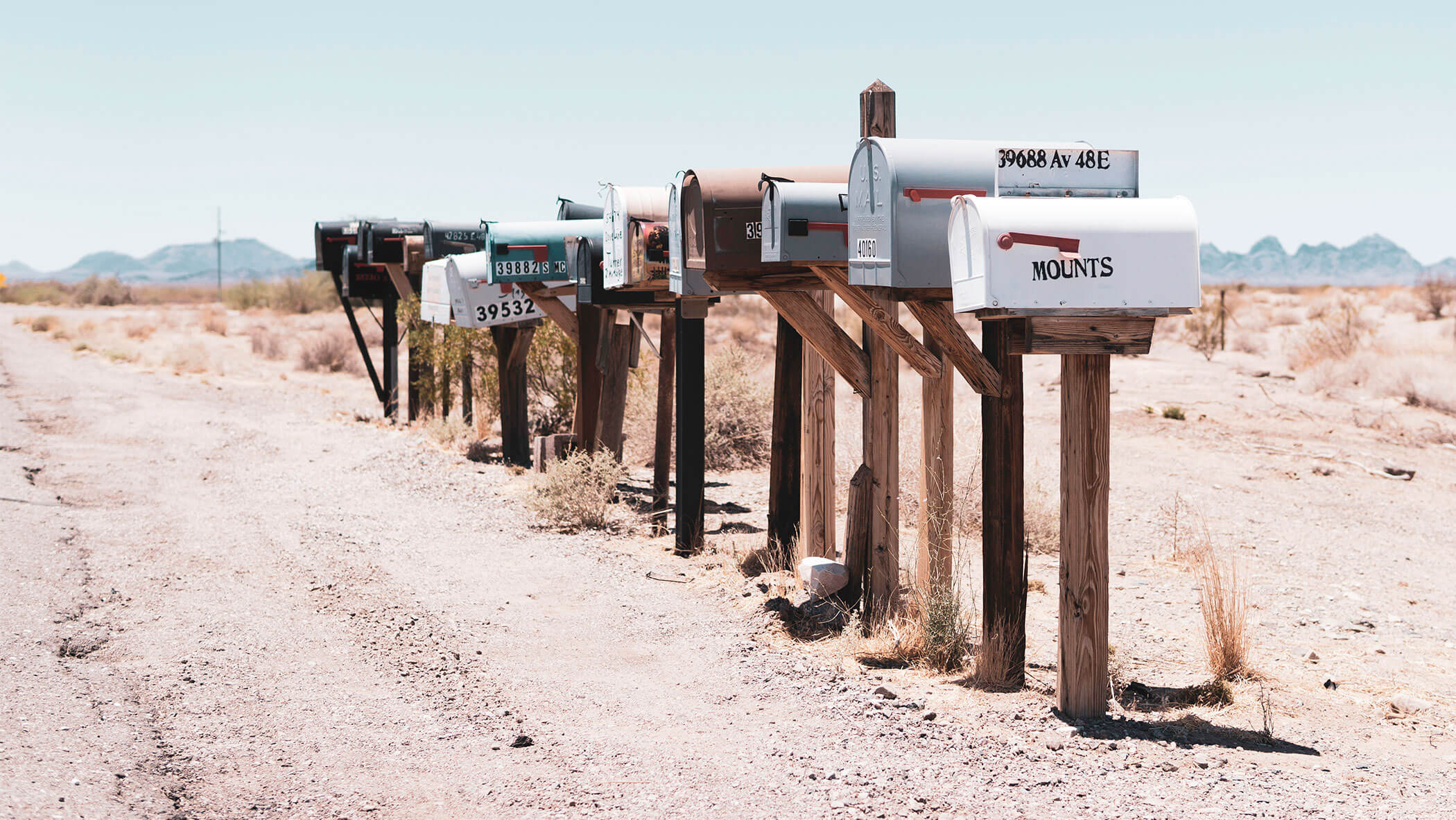RFPs ≠ Request For Partner
In our experience, the most successful projects stem from a true partnership, rather than a client-vendor relationship.

The goal should be to find seasoned professionals who can counsel and guide you through your project and become a trusted partner. As our name suggests, we take this concept very much to heart and aim to essentially become an extension of a client’s team for the duration of the project and beyond.

We understand that sometimes the RFP process is a requirement of your organization or company. If your executive board—or the law, in the case of government work—is mandating you utilize this process, we feel ya and we’ll work with you.
We also understand that our potential clients want to make informed decisions and the RFP process seems like a good way to systematize that. However, we find them not to be an effective evaluation of us (or any agency).
RFPs are rigid, leaving little-to-no opportunity to showcase our studio in a creative and impactful way. What’s more, RFPs rarely provide an apples to apples comparison because there are too many differences between agencies and their approaches. Design can’t be commoditized.
2. We expect a fair opportunity
If we’re going to invest the amount of time it takes to explain who we are, how we work, learn about your company and your project, we expect a fair opportunity at getting hired. In our experience, the time investment involved in responding to RFPs tends not to be proportional to the chance of ultimately winning the business.
3. We believe in relationships
True professional relationships are built on a foundation of respect and responsibility from both parties. Professionals are hired to apply their expertise and experience for a client’s benefit. An RFP takes that away and creates more of a one-sided situation where “the vendor” takes on most, if not all, of the responsibility. Design works differently; it should always be a collaboration between client and design studio.
“So, what are you suggesting we do then?”
Tell us about your problem so we can hear you talk about it and collaboratively come up with a solution together.
“The problem with RFPs is that they start with a solution, while design is all about the problem, and understanding it. You can’t deliver good solutions without understanding problems well. Get out of the RFP business.” —@jmspool #mirrorconf
— Smashing Magazine (@smashingmag) October 17, 2018
4. We value time and efficiency (ours and yours)
RFPs rarely include budget. If a client is unwilling to indicate budget (ranges are fine) it’s a red flag for us. A website’s cost can vary from a couple thousand to hundreds of thousands of dollars. Indicating budget allows us to create a plan tailor-made for that budget (as well as your business goals). If budget isn’t disclosed, it becomes an extremely inefficient guessing game.
“But I want to compare prices…so why would I give them my budget?”
Rather than comparing costs, consider comparing value. Chances are, your budget is fixed anyway. Besides, in most cases a final price can’t be determined until a formal discovery process has taken place.
5. Preferred vendor bias
We’re not suggesting that every RFP is guilty of this because most are not. However, there are times when organizations use the process to provide documented cover for a contracting decision that is already made.